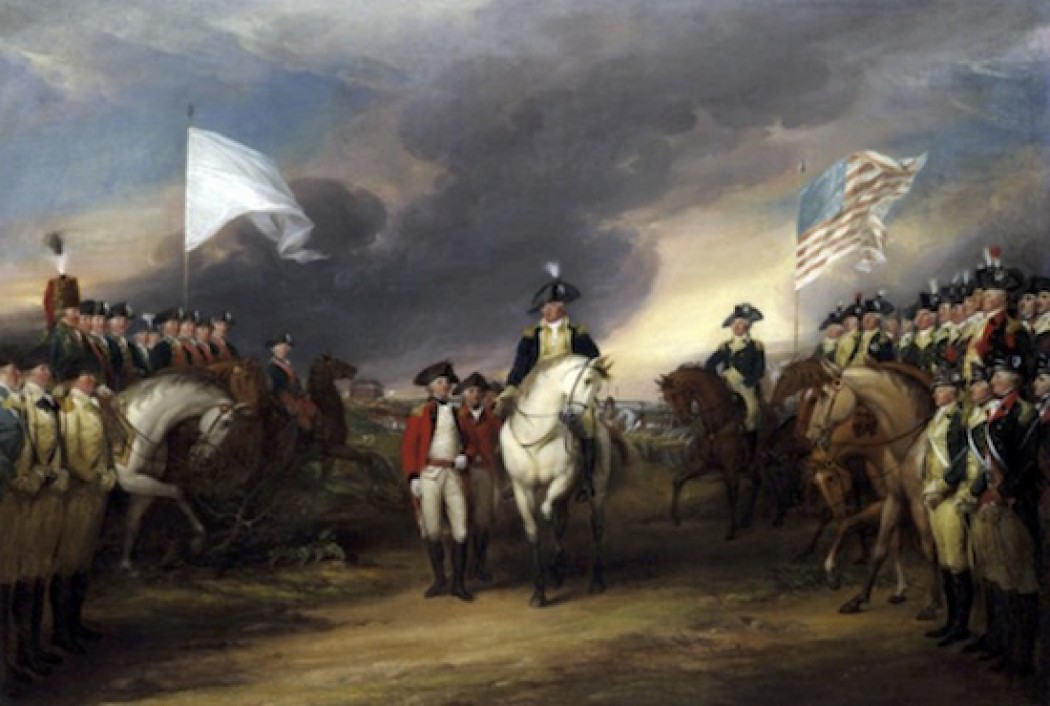Thinking the Unthinkable
As many of you know, I am in the process of writing a book on what the world will look like in 20 years. Much of the book is about exciting new technologies, which I’m convinced will make the world of 2036 far more exciting and wonderful than it is today. Nobody will want to go back to the good old days of 2016. But the potential wealth humanity can create seems to be counterbalanced by the amount of wealth that governments and central banks can destroy.
For the last few years I’ve been talking about the exciting changes that lie ahead in what I call the Age of Transformation. Today, we’ll look at the Dark Side of that age. We are going to talk about government and the wealth destruction that governments have the potential to unleash. We begin with a poem:
If buttercups buzz’d after the bee
If boats were on land, churches on sea
If ponies rode men and if grass ate the cows
And cats should be chased into holes by the mouse
If the mamas sold their babies
To the Gypsies for half a crown
If summer were spring
And the other way ‘round
Then all the world would be upside down!
That was an English children’s song from the 1600s and 1700s. Click here to hear it. In ages past, it was traditional for a defeated army to walk through the ranks of the victorious army. It was also traditional for the losing army to play the song of the victors. When Cornwallis surrendered for the second time to the Americans, Washington refused to let the British play an American song, so they played the children’s song “When the World Was Turned Upside Down.” At least, that’s what the legends say.In this case, the losing army was twice as big as the winning army. Most military strategists assume that you need an army three times the size of the defending army to attack a well-fortified position. It was unthinkable to the British officers and their soldiers that they could lose. And Cornwallis might have held out, even with heavy losses, had he known that just two weeks later General Clinton and the British Navy would arrive. He would have lost of few thousand soldiers, but the English would have won the war, and the US would now be Australia, albeit much bigger and without Vegemite.
Losing was unthinkable to the British, but lose they did; and that is what we are going to talk about today: thinking the unthinkable.
If I had come on to this stage four years ago and told you, my friends, that we were going to have 40% of the world’s governmental debt at negative interest rates, $10 trillion on central bank balance sheets, and $10 trillion worth of dollar-denominated emerging-market debt, and that global GDP growth would average only 2%, unemployment would be below 5%, and interest rates would be negative in much of the world and less than 50 basis points in the US, you would have laughed me out of the room. You would have all hit the unsubscribe button. Today’s world was unthinkable a mere four to five years ago.
But now, given what has happened and what I think is likely to happen, we have to start thinking the unthinkable. When I say this, I mean in the next 2–5–10 or 20 years, not next quarter. I have great news for you, too: we are going to get through this. Yes, we face potentially disastrous problems, but we’ll survive to be better than ever. Like my friend George Friedman said yesterday, “The world is going to hell… but we’re okay.”
(Sidebar: while editing this, I decided to Google the words thinking the unthinkable. I found numerous speeches and books and articles that either had that phrase as their title or contained the words. This quote from The Weekly Standard gave me pause:
As a futurist, Herman Kahn’s job was to think about the unthinkable. And the unthinkable subject in the 1960s was thermonuclear war. Kahn’s analysis struck a nerve; going beyond consideration of how to prevent a nuclear war, he assessed how the United States could survive and win one. This step proved more than most national defense experts could bring themselves to contemplate. The use of rationalist methods to study an event of such hideous proportions was nothing short of an outrage; in fact, it earned Kahn a place in the annals of film history as the inspiration for the mad title character of Stanley Kubrick’s Dr. Strangelove.
I certainly hope I don’t inspire such a response. And I’m sure there will be people who will find some of the ideas and scenarios I am considering implausible, but I am worried that we are on a slippery slope of ideas and actions with no real way to pull back. Back to the speech.)
Before we can contemplate what might happen in the future, we have to first examine what I think of as a global economic chain with a series of weak links. I am going to argue that there are five major weak links.
The first weak link is Europe and its debt. On average, across the continent, the debt-to-GDP ratio is about 90%. It is up to 135% and will soon be a 140% in Italy. Either Europe mutualizes all its debt and Germany says, “Ja, vee vill take it,” or the debt problem will continue to worsen. If they mutualize, they can put the debt on the balance sheet of the ECB, and then all the countries of the Eurozone will pinky swear to balance their budgets in the future, giving up their national sovereignty to Brussels.A European treaty is actually what my teenage girls called a pinky swear. They mean it when they sign those treaties, but the problem is actually adhering to the treaty.
Today you heard Anatole Kaletsky tell us that Europe’s big problem is unfunded liabilities, and they will have to cut their pensions. Can anybody tell me how loud French pensioners will scream when their pensions are cut? Or what French farmers will get up to when their subsidies are cut?
I am suggesting to you that there might be some political problems brewing in Europe. (We will deal with the implications of Brexit and European cohesion at the end of the letter.) So Europe is a weak link – but maybe not the weakest. Remember the Weakest Link TV program? The lady would run through the questions, and then with that sharp British accent, she would say to a contestant, “You are the weakest link,” and the player had to walk off in shame. The weakest link could be Europe, but it could also be China.
Xi Jinping is the most powerful Chinese leader since Deng Xiaoping and will likely be compared by historians to Mao Zedong and Sun Yat-sen in his importance. He has taken China by the neck and is wringing it. He has at least five more years left in his term – and note my use of the words at least. This is a man who has decided, “I am going to take China into the next century. I have a vision, and we are going to do it.”
To succeed, Xi has to rid the Chinese system of endemic corruption and cronyism and build a consumer society. The problem is that you don’t create a consumer society from the top down; you have to do it from the bottom up. I could give you tons of research on that. It’s a basic economic axiom.
So, China has problems. Their debt has just ballooned. Depending on whom you want to listen to, 40% to 80% of the last $6 trillion the Chinese borrowed went to pay interest on the debt they already had. In less polite circles we would call that a Ponzi scheme.
Like what you’re reading? Subscribe now and receive the full version of John Mauldin’s Thoughts from the Frontline delivered to your inbox each week.
Enter your email address…
Subscribe Now
Already have an account? Click here to log-in.
We never share your email with third parties.
Now, they do have a lot of money. Yes. Can they print more? Yes. Do they want to have a New Silk Road? Do they want to be the world’s reserve currency? Do they want to be the most powerful country in the world? Of course they do. You get into private conversations with Chinese who are hard-core Chinese, and you can see their dreams. Their vision is not unlike the spirit of “Manifest Destiny” that moved the United States westward in the 1800s. We saw ourselves building an empire. The Chinese see themselves rebuilding their own ancient empire.
You don’t do that on the back of a weak currency – but then we come to the problem of a strong Chinese currency. Oh, by the way, their debt service is up to 30% of GDP, but that’s a detail that is mostly overlooked. (Please note more than a hint of sarcasm.)Weak link number three is Japan. I have been talking about Japan for years. The line I coined six years ago is one that everybody tosses around now: “Japan is a bug in search of a windshield.” Japan is doing exactly what I said it would do in my book End Game five years ago and in Code Red over two years ago. It will get honorable mention in the next book.
Japan is monetizing its debt and putting it into the central bank. They are going to continue doing this at an astounding rate. I shorted the yen when it was at 100. I should have shorted it when it was at 90, because I was already writing about it then, but at the time I didn’t have the money or the testosterone. I was a lot happier when it was at 125 than now when it is back down to 102. One of the things I try to avoid when I place money with money managers is a “true believer.” A true believer’s certainties can take you over the cliff. But I must confess to being a true believer about the ultimate weakness of the yen. I still think 200 is a real possibility. For what it’s worth, I still have my money exactly where my mouth is. Only now, the cash value is back to where I started almost 2½ years ago. Oh well… We true believers are a hardy bunch. By the way, have I introduced you to some of my gold bug friends? And then there’s the survivalists. Just saying…The Japanese have placed 30% of their total government debt on the balance sheet of their central bank. It is going to 70–80% – count on it, says the true believer. That is a lot of yen to put into the system, and that is what I think drives the ultimate valuation of the yen.
Emerging markets are the fourth weak link. How do they dig out? They borrowed $10 trillion in dollars that they have to pay back from income earned in their local currencies. Dollar valuation can create serious problems for their debt. And it happens at the worst possible time, during a crisis or global recession when the US dollar is the cleanest dirty shirt in the closet. The value of the dollar will rise at precisely the time when the profits and tax revenues of the emerging-market corporations and countries will fall.
Then there is a final weak link – and that is us, the US.
We are the most global, powerful, incredible, fabulous country in the history of the world. But here is our problem. When we next fall into recession, the deficit explodes to $1.3 trillion, even if we lose only the revenue we lost last time. If we have to add in the extra cost of safety nets, it’s $1.5 trillion minimum, plus the almost three quarters of a trillion dollars of “off-balance-sheet” debt. US total debt will be rising at over $2 trillion per year in short order.
All in, we are adding $2 trillion plus a year to an already huge total national debt. In five years we could be at $30 trillion debt. We are into 2020 and we are now facing $30 trillion in debt and people are going, “Whoa, what the hell are we doing?” You think there is angst today in the Tea Party?
Lacy Hunt is right: debt constrains growth. It constrains nominal GDP; and if we don’t get nominal GDP, we won’t get wage growth; we won’t get the labor participation rate up; we’ll get more of the gig economy; we’ll get a recession where we are back to 8–9–10% unemployment. People are going to be upset. Juan Williams may be right that Clinton is a shoo-in. That may be the best thing that ever happened to Republicans, because she will have to figure out what the heck to do, and she has no clue. Because it doesn’t make any difference which of these links breaks. We are all connected. The whole chain breaks.
When it breaks, the result is a global recession every bit as serious as the last one; it’s just different in its causes and effects. But there is a common denominator in each of the weak links mentioned above: Debt. And I do mean debt with a capital D. You can’t just wish debt away or declare a jubilee, because there are banks and pension companies and you and me on the other side of that debt. Somebody owns that debt, and that somebody is you and I in our pensions, in the insurance we buy, in the bond funds in our portfolios, in our foundations, our banks, and corporations. Those bonds silently permeate every part of our lives. Kill them and it all goes pear-shaped.
WWTFD
And so then you have to ask the question “WWTFD” – what will the Fed do? Well, I can tell you what I think they are going to do. The answer actually takes us back to my seminary days. This is one of the few times my theological education actually informs my economic views.
Cornelius Van Til was a Dutch theologian who came over to the United States, went to Princeton, got his PhD, taught at Westminster, and created a philosophical school called presuppositionalism. He said, if I know what your presuppositions are, if I know your true core foundational beliefs, I can tell how you are going to act. I can tell you what your values are; I can tell you who you are. I know how you will ultimately interpret the Scriptures. Your presuppositions determine how you act and work and think in the world.
If your presupposition tells you that the Bible says there are four corners of the earth and therefore the earth must be flat, your presupposition is that the world is flat; and so if you sail far enough you will fall off the end of the ocean. So you don’t go exploring. That’s what a presupposition will do. A presupposition does not mean that you’re right, but it’s what you believe.
What will the Fed do? They are going to pray.
The Fed is not that different, by the way, from the Oral Roberts tent revivals of my youth. How many of you people went to a tent revival? There are a few of us, okay. The rest of you won’t admit it. Oral (or pick your favorite evangelist) would stand there and he would say, “You’ve got to believe!” And you believed.
The Federal Reserve is sitting there and they are reading a book by John Maynard Keynes called The General Theory Of Monetary Employment, Interest, and Money. Their core belief, their presupposition, is that consumption is the key driver of the economy. I want to borrow an idea from David Rosenberg, who says that this is not the case. He has made the case that the driver of the economy is income. We were having that discussion in a bar one time, God knows where, and I have never forgotten it. Maybe his explanation squared with my own presuppositions. Because for me, that’s it, that’s the truth: income and production are the drivers; they are the keys. You must have production and entrepreneurship. Keynes was right about animal spirits, but it is not debt and consumption that drive animal spirits; it is profits or at least the potential for profits. Income drives the animal spirits. If I borrow money as an entrepreneur, it is because I think borrowing will help me make more money.
So what are these guys going to do? Their economically religious presupposition is that deflation is the worst thing in the world. When you become a central banker, they take you into the back room; they do a DNA swap on you; and you become genetically, viscerally, aggressively opposed to deflation. You do anything you can to make sure deflation never happens on your watch. If that means negative rates, you have to think the unthinkable. If that means more quantitative easing, you keep right at it: you keep printing. That is what is happening in Europe and Japan, and it’s what has happened in the US.


